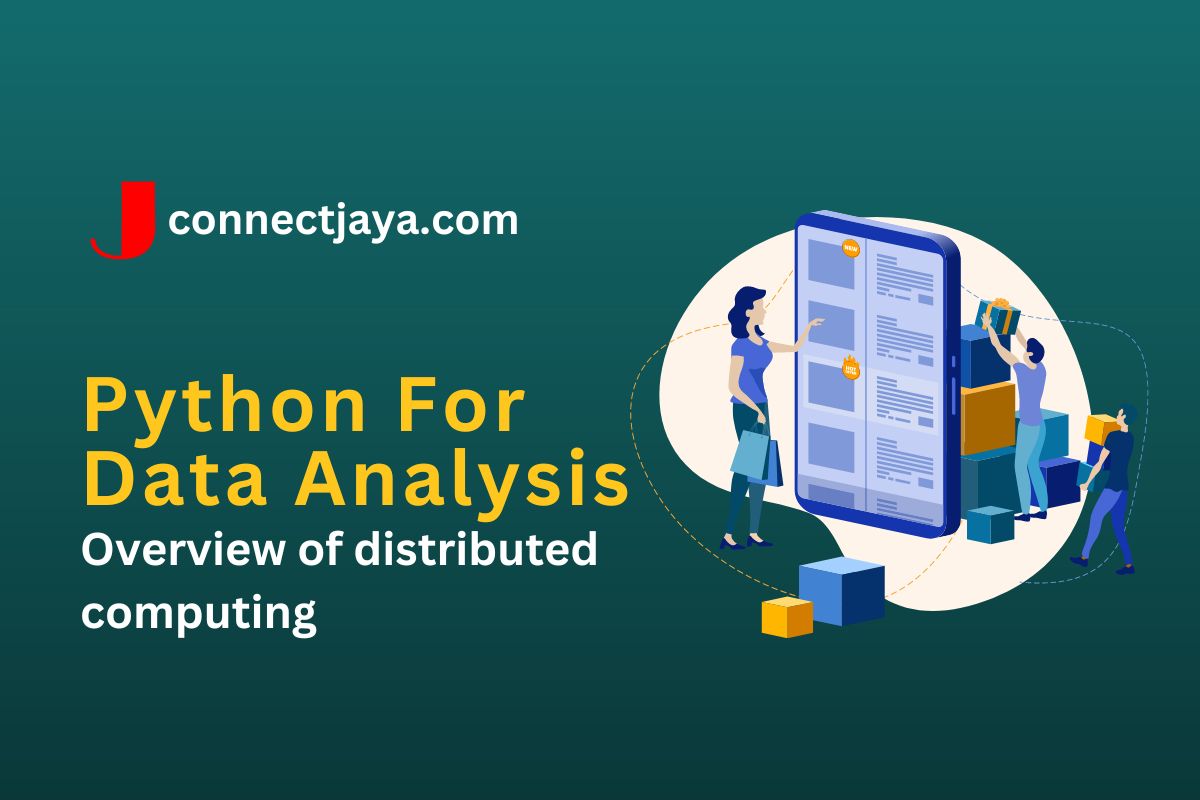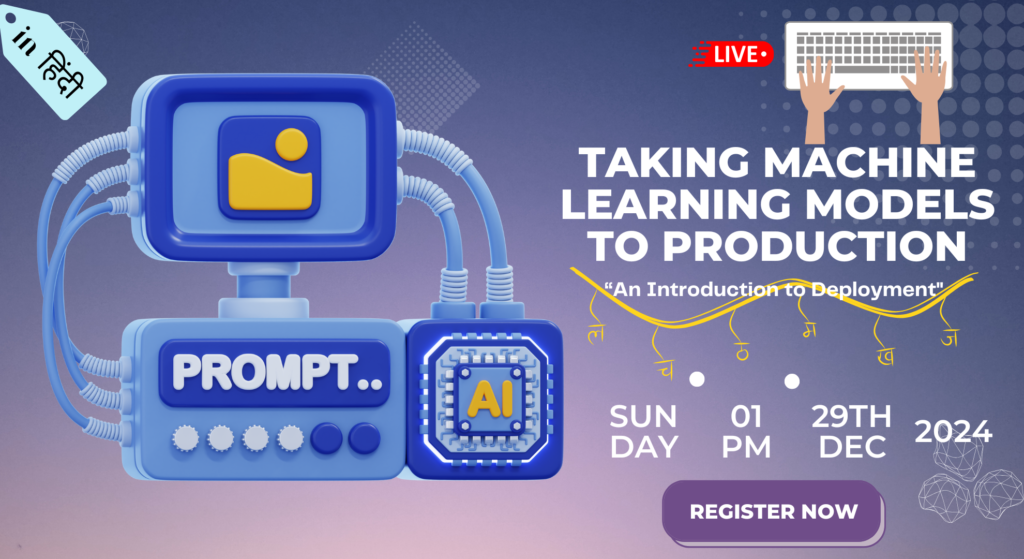Distributed computing refers to the practice of using a network of computers to work together to solve a common problem. The computers in the network are connected through a communication network and work in a coordinated manner to complete a task. The advantages of distributed computing include increased computing power, fault tolerance, and scalability.
There are several types of distributed computing, including cluster computing, grid computing, and cloud computing. In cluster computing, a group of computers is connected to form a cluster, which is used to perform parallel processing. In grid computing, a large number of computers are connected to form a grid, which is used to share computing resources across a wide area. In cloud computing, computing resources are provided on-demand over the internet.
Example:
One example of distributed computing is SETI@home, which is a project that uses distributed computing to search for extraterrestrial life. The project uses a software program that can be downloaded by volunteers who want to participate. When a computer is idle, the software program uses the computer’s processing power to analyze data from radio telescopes in search of signals that may indicate the presence of extraterrestrial life.
The data is broken up into small pieces and sent to different computers in the network to be processed. Once the analysis is complete, the results are sent back to the SETI@home servers, where they are compiled and analyzed further. This project is an example of distributed computing because it uses a network of computers to process data in parallel, which allows for faster analysis and a greater chance of discovering extraterrestrial life.
Here is an example use case of distributed computing.
Medical Research: A medical research organization needs to analyze a large dataset of medical images to develop a new diagnostic tool for a disease. However, the organization does not have the computing resources to process the data in a reasonable amount of time.
The organization can use distributed computing to break up the dataset into smaller pieces and distribute it across a network of computers. Each computer in the network can process a portion of the data in parallel, and the results are combined to generate the final analysis. By using distributed computing, the organization can process the data much faster than if it were to use a single computer, saving time and resources.
Additionally, if any of the computers in the network fail or go offline, the work can be automatically reassigned to other computers, ensuring that the analysis is completed without interruption.

